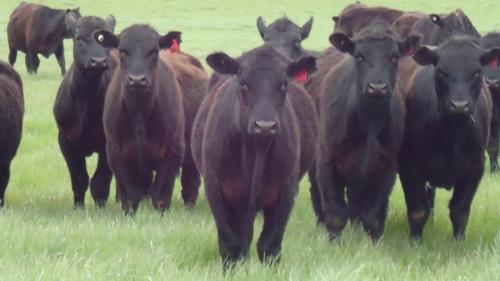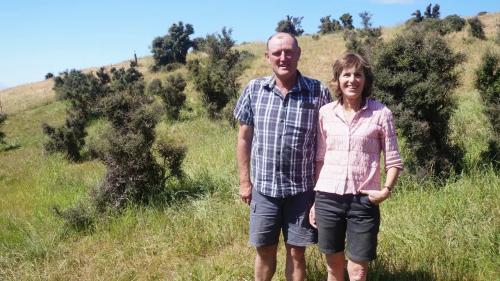Search results
Displaying 361 - 370 results of 1161
- Factsheet… gains including improved genetics breeding feed management reproductive rates increased … views presented below more detailed specific feedback provided appendix 1 further technical … section provides summary lnzs substantive feedback recommendations bill 31 appendix 1 …
- NewsThe Government has announced a ministerial inquiry into slash and its relationship to forestry management practices following widespread damage to the North Island’s East Coast. “This is something we …

- VideoOhotu Station is owned by Atihau Incorporation and managed by Dean Francois. It has retired 111ha – including 43ha of native bush covenanted with Nga Whenua Rahui. Twenty-two kilometres of the …
- VideoOwners Mark and Jane Schwass were commended for their strong emphasis on riparian planting and stock shelter, good fertiliser policy and dedication to protecting and enhancing native …
- We help ensure the story of our world-leading beef and lamb is told internationally and domestically, so consumers can feel confident that buying New Zealand beef and lamb is the right …
- Page… one that ties in with your overall farm planning and financial capacity. Decide on …
- … new zealands red meat sector scenario planning 3 identify types shifts activities … nongovernment agencies investors looking how feed people alternative proteins have place … 2050 leading big questions around how world feed itself governments private sector looking …
- Factsheet… understand how much fat back help winter feed planning weaning mid winter condition weaning … cows drop bcs 4 draft off preferentially feed aiming lift them bcs 5 calving calving …
- Resource book… term hill block subdivision allow better feed utilisation medium term increase ewe … animal health management 3 people equipment 4 feed water 5 pest control 6 animal waste … when done notes 58 step 3 review value health planning comes analysing outcomes health …
- NewsB+LNZ chief executive Sam McIvor says B+LNZ has been calling for action on this issue since early 2019. “We have repeatedly raised concerns about the speed and scale of land-use change due to the …


